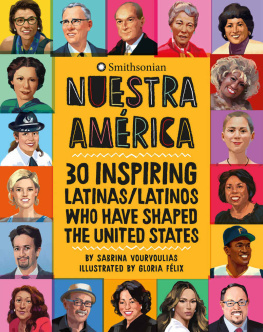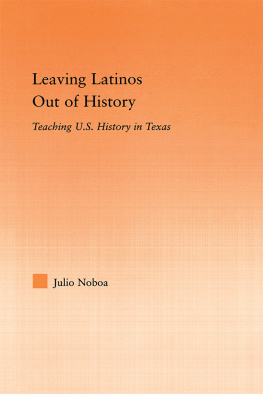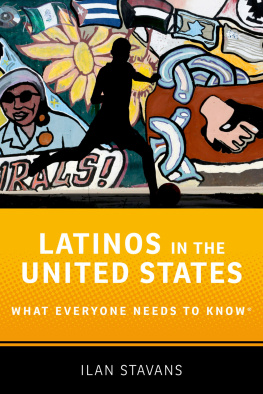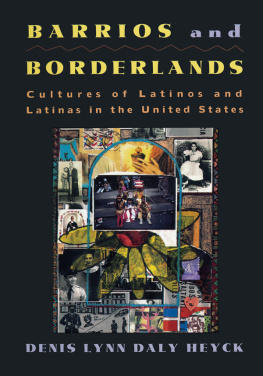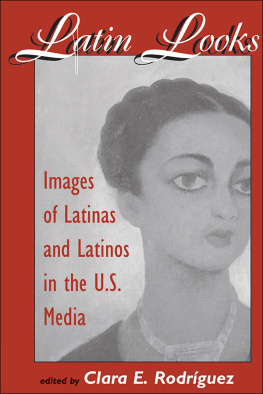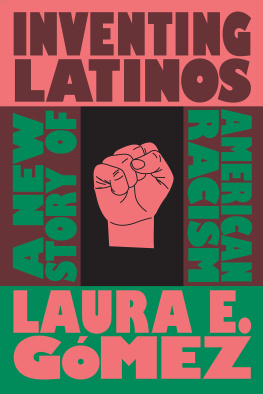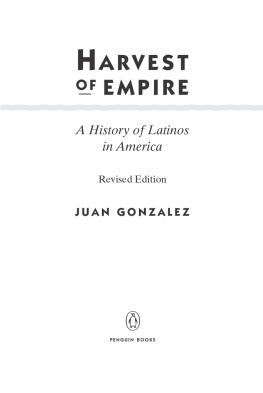Copyright 2020 by Smithsonian Institution Smithsonian This trademark is owned by the Smithsonian Institution and is registered in the U.S. Patent and Trademark Office. Interior and cover illustrations copyright 2020 by Gloria Flix Cover copyright 2020 by Hachette Book Group, Inc.
Hachette Book Group supports the right to free expression and the value of copyright. The purpose of copyright is to encourage writers and artists to produce the creative works that enrich our culture.
The scanning, uploading, and distribution of this book without permission is a theft of the authors intellectual property. If you would like permission to use material from the book (other than for review purposes), please contact permissions@hbgusa.com. Thank you for your support of the authors rights.
Running Press Kids
Hachette Book Group
1290 Avenue of the Americas, New York, NY 10104
www.runningpress.com/rpkids
@RP_Kids
First Edition: September 2020
Published by Running Press Kids, an imprint of Perseus Books, LLC, a subsidiary of Hachette Book Group, Inc. The Running Press Kids name and logo is a trademark of the Hachette Book Group.
The Hachette Speakers Bureau provides a wide range of authors for speaking events. To find out more, go to www.hachettespeakersbureau.com or call (866) 376-6591.
The publisher is not responsible for websites (or their content) that are not owned by the publisher.
Library of Congress Control Number: 2020930349
ISBNs: 978-0-7624-9747-8 (hardcover), 978-0-7624-9748-5 (ebook)
E3-20200715-JV-NF-ORI
Contents
Dear Reader,
Latinas and Latinosnative born and immigranthave played and continue to play foundational roles in nation-building and the shaping of our national culture as patriots, educators, entrepreneurs, laborers, artists, healers, innovators, entertainers, scientists, community activists, and leaders. Since its inception in 1997, the Smithsonian Latino Center has supported ongoing research, exhibitions, collecting, public and educational programs, digital content, and publications that interpret and illustrate the diverse Latino experience in the United States.
Nuestra Amrica is inspired by the Smithsonian Latino Centers effort to center Latino stories as part of the greater American narrative through the building of the Molina Family Latino Gallery at the National Museum of American History. This gallery fulfills a promise and vision set years earlierbefore the creation of what would become the Latino Center. The Molina Gallerys exhibitions will present stories on many, if not most, of the remarkable Americans featured throughout this book. History is largely made by people, and it is through their life stories that we will be able to paint a more accurate portrait of our countrys past, present, and future. Latino history is American history.
This publication marks a groundbreaking moment in the Latino Centers history. I can think of no better way to enter the world of youth literature than by collaborating on a publication that showcases thirty illustrious Latinas and Latinos and their impactful contributions. Through these pages, you will learn about the trials, tribulations, and ultimate successes of these individuals in the fields of entertainment, social and environmental justice, sports, education, fashion design, journalism, aviation, literature, politics, space exploration, LGBTQ advocacy, health care, entrepreneurship, music, science, and military service, just to name a few. Limiting our choices to thirty individuals among a bounty of notable figures was incredibly difficult. Our hope is that you will see these profiles as an initial exploration and will go on to learn about many others in the Latino community who have made and continue to make meaningful contributions to strengthening the fabric of this country.
We are immensely grateful to our colleagues at Hachette Group/Running Press Kids and Smithsonian Enterprises for believing in our work and extending this wonderful opportunity to the Latino Center. Special thanks to Jill Corcoran at Smithsonian Enterprises and Emily Key at the Smithsonian Latino Center for their vision and leadership on this project. A thank you to Adrin Aldaba and Natalia Febo at the Latino Center for their efforts in completing this project.
The great labor leader Csar Chvez once said, We cannot seek achievement for ourselves and forget about progress and prosperity of our community. Our ambitions must be broad enough to include the aspirations and needs of others, for their sake and for our own. I hope that you are inspired by the sense of community that guided the ambitions and propelled the achievements of these distinguished Latina and Latino Americans. In closing, I hope you are moved to set your personal goals high and to always be one with your communities and their needs and aspirations. Keep your eyes on the prize!
Atentamente,
Eduardo Daz, Director
Smithsonian Latino Center
www.latino.si.edu


(circa 1957)
ENGINEER
S ylvia remembers being a child and looking up at the night sky. She was in the Girl Scouts, and they were camping out, eating smores, and relaxing after a day of outdoor activities. The troop leader noticed Sylvia looking up at the sky, so she pointed out the planets and the constellations. It was the first time Sylvia understood what those twinkling lights really were. Soon enough, Sylvia tried to earn her Girl Scout science badge by launching a rocket. Both rockets and Girl Scouts would end up being a part of Sylvias future. But first shed have to learn to believe in herself.
Sylvia was born in South Dakota but grew up in the desert landscape of Las Cruces, New Mexico. Her mother was a Mexican immigrant, and her father was Mexican American and from El Paso, Texas. They spoke Spanish at home and didnt have a lot of money. Sylvias mother noticed that the kids from their neighborhood (which had dirt streets) seemed to get sick more than the kids from other neighborhoods, so when Sylvias sister got sick with meningitis, they moved. Sylvia didnt like leaving her friends behind, but she soon found her place when she joined the Girl Scouts.
Besides teaching her about the night sky, Sylvias troop leader taught her never to walk away from a cookie sale until shed heard no three times. Sylvia used this technique when she was a senior in high school. Girls like you dont go to college, the high school counselor told her. Sylvia walked into the counselors office anyway. The exasperated counselor asked her what she wanted to study. When Sylvia said, Engineering, the counselor burst into laughter. But Sylvia went on to get her industrial engineering degree from New Mexico State University in 1979. She became a rocket scientist at NASAs jet propulsion lab where she worked on the Voyager mission that flew by Jupiter and its moons.
I LOVE NUMBERS. NUMBERS ARE SORT OF MY SUPERPOWER.

